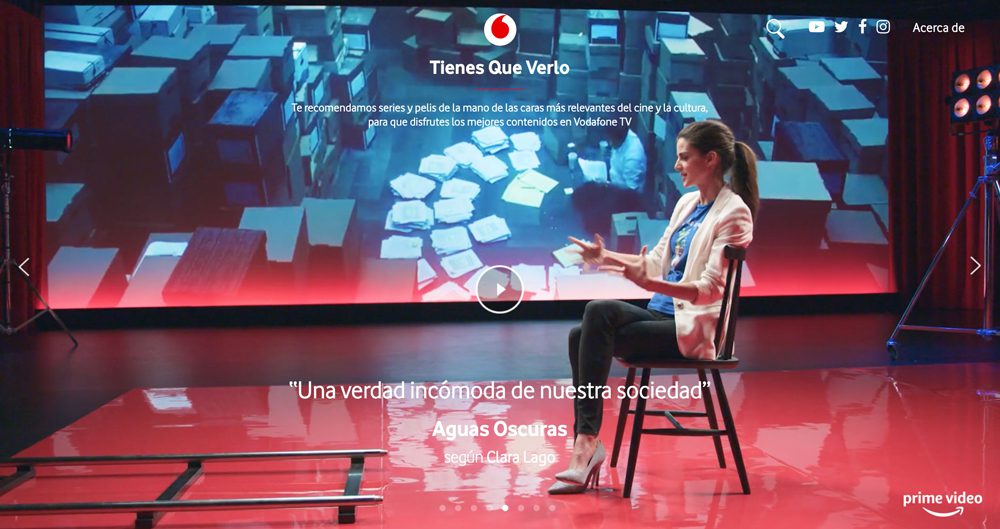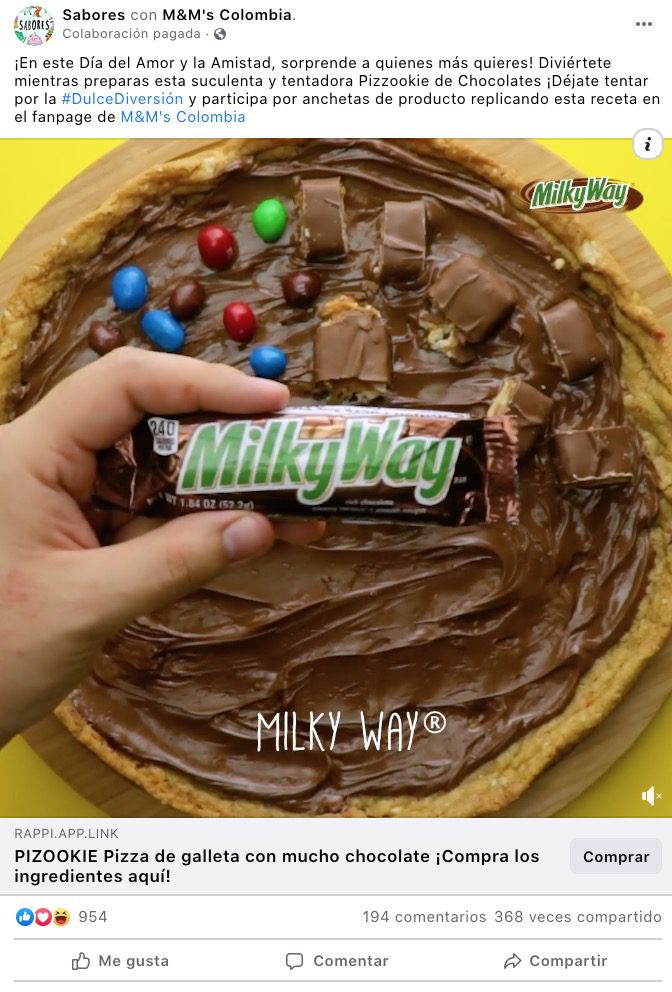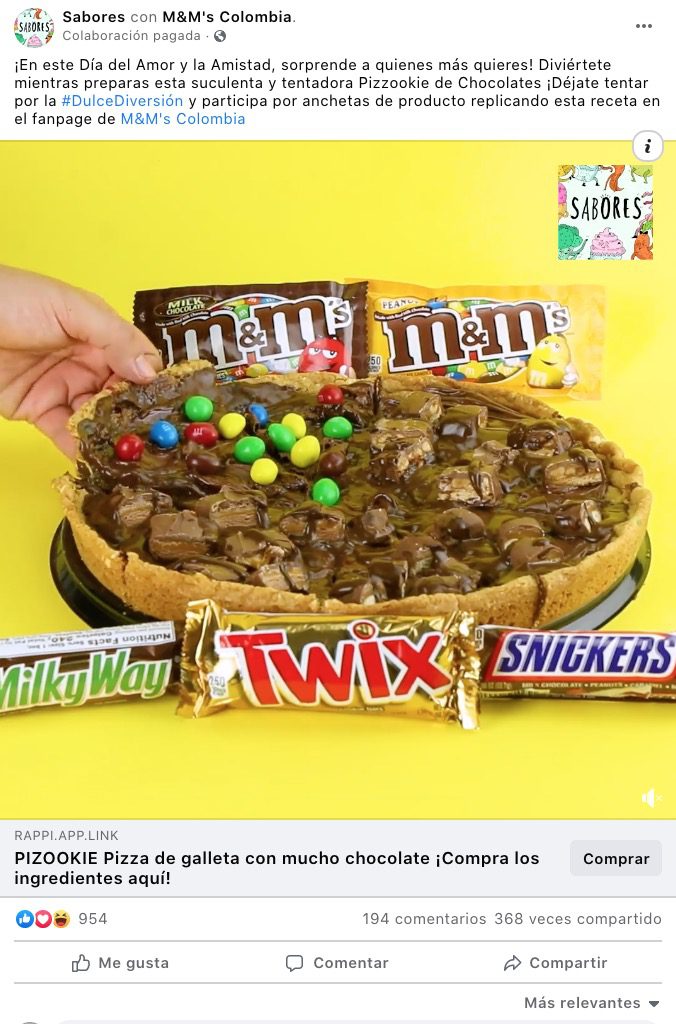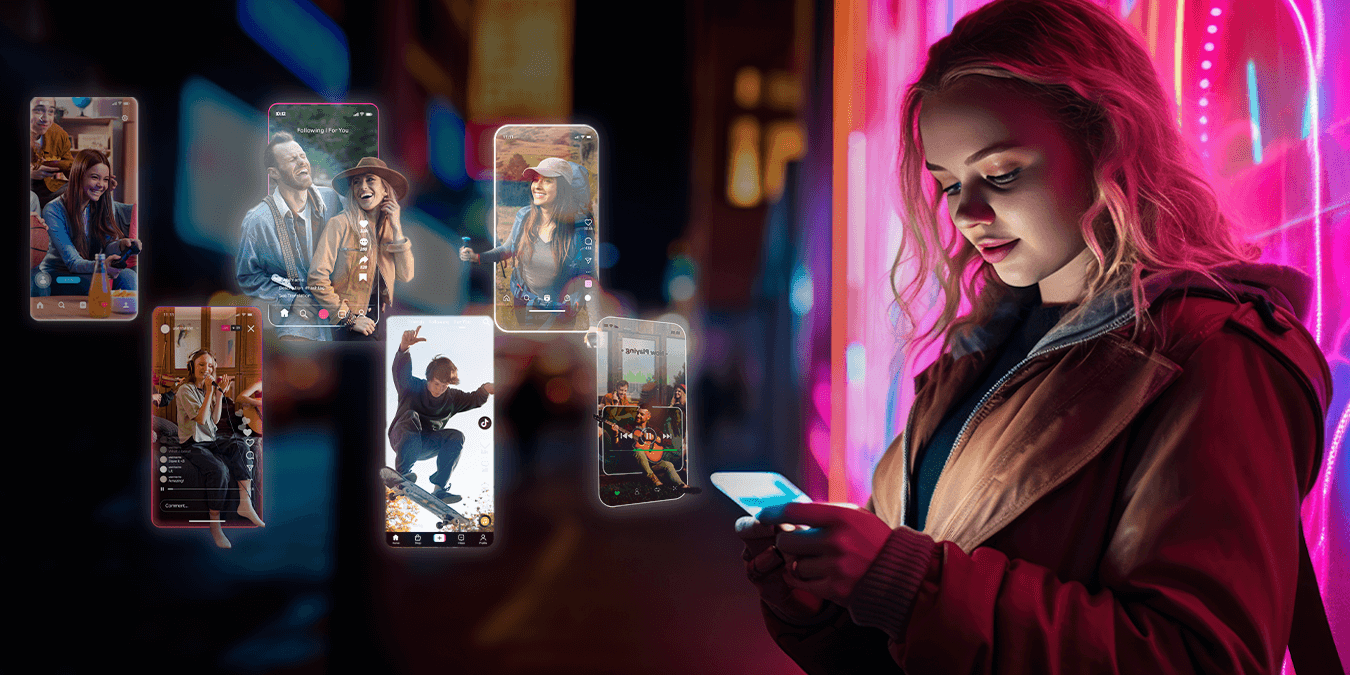Branded content and native advertising are similar but they are not the same.

DANIEL LEZACA
Director of Business Development
During this pandemic and with audiences at home, traditional advertising and BTL reduced their budgets and in the uncertain environment of the first and second quarters, many brands decided to redirect a significant portion of their budgets to online advertising. Without a doubt, branded content and native advertising have once again taken a leading role in the digital marketing mix of brands. However, the saturation of content in recent months has brought back to the discussion table for digital marketing departments, the discussion on how to continue communicating brand messages in a relevant, attractive, and non-intrusive way to increasingly demanding audiences. In the following lines, I will present two cases that caught my attention during 2020 in Latin America for their adaptation to the current situation and outstanding results.
Before getting into the subject matter, it is essential to note that although branded content and native advertising have some similarities, as both seek to offer relevant and interesting information to consumers; it should be noted that branded content is produced directly by brands, while native advertising leverages a medium or channel, integrating into its editorial tone. Ultimately, both trends tell entertaining stories that captivate the user’s attention but tacitly involve the brand. Let’s see this differentiation with two successful cases during the pandemic.
Branded Content
The agency Wink TTD was the winner of the 2020 BCMA (Branded Content Marketing Association) award for its campaign “You have to see it” for Vodafone. This campaign is based on two fundamental pillars. The first is an insight that gained more and more prominence during the quarantine, which was “What to watch?” taking into account the overabundance of movies and series offered by various streaming platforms. The second pillar was the need to differentiate itself from other streaming platforms. To achieve this, Vodafone and the agency created “You have to see it,” a multi-channel platform with its own website where testimonials and reviews from renowned Spanish actors and directors about the series and movies available on the Vodafone streaming platform are published. Additionally, Vodafone also created a variety of content formats in which they constantly make suggested series lists, trailer summaries, short interviews, and trivia about the series and movies, in order to continue transmitting relevant information.
https://www.youtube.com/channel/UCXJ05voqgIzyZvKIcOxBGrA
This is a great example of branded content, as Vodafone through relatable and suggestive content, not only managed to leverage the issue of confinement with a powerful insight about streaming services, but also captured the attention of an audience saturated with an overabundance of services, by showing different perspectives on their series and movies through the opinions of experts.
Native Advertising
During the month of September in Colombia, the day of love and friendship is celebrated. For Mars and INCA (Group M), the challenge arose of reactivating the purchase of their chocolate portfolio through Rappi for this important season. The agency and brand relied on Sabores, a recipe channel on Facebook with over 2.5 million followers in Colombia, and created the “Pizzokie,” a recipe with the channel’s editorial tone, but incorporating several chocolates from the portfolio. They published this piece on both Sabores’ fan page and the brand’s page, with a purchase button in the post, so that with just a few clicks, the user could buy all the products for the recipe from Rappi.
https://www.facebook.com/sabores.social/posts/2804670896434770
This is another successful example of how entertaining and relatable content can impact segmented audiences during a specific period, facilitating not only the brand awareness of the portfolio but also the immediate purchase of the product through a home delivery platform.
There were several examples like this throughout the last year, and the bet is that in 2021, brands will try to be less invasive with audiences and instead seek to reach them with attractive and entertaining stories, as users are becoming increasingly saturated with information. It is already proven that both branded content and native advertising not only generate more visibility and engagement than traditional digital advertising, but also improve the ways in which the brand impacts the user, as it is advertising aimed at entertaining and educating the user, not just focused on directly selling to them.
Ultimately, it is up to marketing departments and creative and media agencies to evaluate how to improve this relationship with audiences in order to continue building the brand at each stage of the funnel.

Daniel Lezaca
Share
Related Content
7 February, 2024
THE DIGITAL ERA: AI, VIDEO MARKETING AND SOCIAL MEDIA
The evolution in algorithms is unstoppable. SEO practices require specialists to adapt to changes…
Data & AnalyticsMedia & Performance
10 June, 2021
ROI, the great enigma of the world of marketing
“If we want to have clarity about the real behavior of our product in the lower stage of the…
2 August, 2023
Digital trends that will continue to gain traction in 2023
With the digital world moving at breakneck speed and the growing number of participants in the…
StrategyTechnology & innovation
23 February, 2021
Does the year 2021 suit us?
Today, we find ourselves living in a world saturated with new technologies, appearing at a frenetic…
17 January, 2024
DATA INTERPRETATION: THE PATH TO REAL DECISIONS
The evolution in algorithms is unstoppable. SEO practices require specialists to adapt to changes…
5 March, 2023
Brief for Good SEO Positioning
When beginning to work on a website for SEO positioning on search engines, it's essential to…











